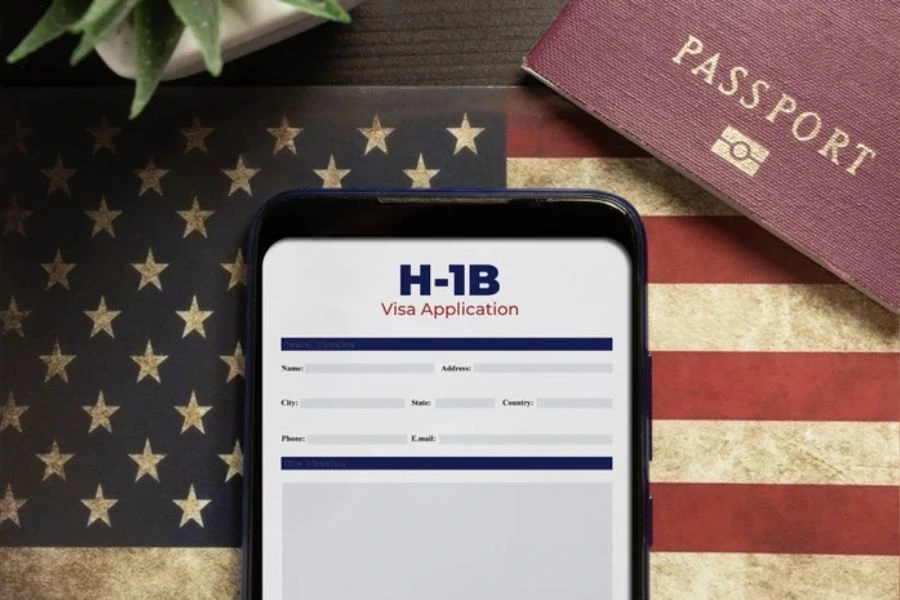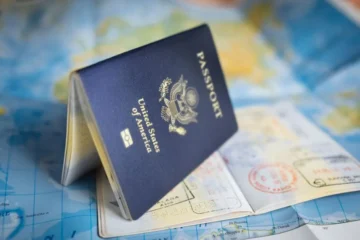The Department of Homeland Security (DHS) is proposing to replace the random H-1B visa lottery with a wage-based selection system. To prioritize high-paying jobs and high-skilled workers, we put employers who offer top-tier salaries at the front of the line. While this sounds like great news for experienced techies and multinational firms, it may spell trouble for entry-level talent and small businesses. In this article, we have examined what the rule entails, who it benefits, who it excludes, and when (or if) it may come into effect.
Key Takeaways
What Is the New H-1B Rule All About?
For decades, the H-1B visa process has relied on a random lottery system when applications exceed the annual cap, specifically, 85,000 slots. It didn’t matter if you were fresh out of college or a senior AI engineer earning six figures; your chances were equal. But that may change soon.
The DHS has proposed a major shift: instead of using pure chance, the system would prioritize applicants based on the wages their employers intend to pay. The higher the wage level—determined by U.S. Department of Labor standards—the higher the applicant’s chance of getting picked. Essentially, the system would reward those who are filling high-skill, high-pay positions. It’s a structural change that redefines how “value” is measured in the U.S. immigration system.
Why Is the U.S. Shifting Away from the Lottery System?
The government’s rationale can be summarized in a few key points: fairness, transparency, and labor market integrity.
Critics have long argued that the random lottery doesn’t truly serve the American economy. It treats a Ph.D. in quantum computing and a recent business graduate the same, creating a mismatch between immigration policy and economic needs. Moreover, the current system has been exploited through mass registrations by outsourcing firms, some of which flood the lottery with multiple entries to increase their chances of winning.
Also Read: Can You Live and Work in Austria with a Working Holiday Visa in 2025?
A wage-based selection process, on the other hand, aims to reduce abuse, ensure that visas are awarded to genuinely high-skilled workers, and encourage employers to offer competitive wages. In theory, this would attract the best global talent while protecting U.S. workers from being undercut by cheap labor.
How Will the Wage-Based Selection Work?
The core of the reform lies in the wage-tier model. When registering for the H-1B process, employers would specify the offered wage based on prevailing wage levels set by the U.S. Department of Labor. These levels range from Level I (entry-level) to Level IV (highest-skilled). Applicants would be grouped into these tiers:
- Level IV: Highly experienced specialists and experts.
- Level III: Skilled professionals with several years of experience.
- Level II: Mid-level or junior roles with moderate qualifications.
- Level I: Entry-level workers or recent graduates.
Selection would begin at the top—Level IV—and move downward. If slots remain within a tier that has more applicants than visas, a mini-lottery would be conducted within that tier only. So while randomness isn’t completely gone, it’s now tier-specific and weighted toward higher earners.
The system doesn’t just favor top salaries—it also aligns visa approvals with the U.S. goal of bringing in harder-to-replace talent in critical sectors like IT, healthcare, and engineering.
Who Stands to Benefit the Most from This Change?
If you’re an employer offering high six-figure salaries or you’re a candidate with years of specialized experience, this rule is practically tailored for you.
Senior professionals in tech, AI, engineering, and finance—especially those applying through major corporations—are likely to see their selection chances skyrocket. These roles often fall under Level III or IV wage categories, giving them a direct advantage.

Additionally, large U.S. employers and well-funded startups that can afford to offer top wages will find themselves in a stronger position. The system also benefits STEM Ph.D. holders, especially those with job offers in specialized research or development roles.
In short, the more your salary reflects in-demand expertise, the better your odds.
What Does This Mean for Entry-Level Applicants?
Here’s where things get a bit rocky.
For entry-level candidates, especially international students graduating from U.S. universities, the new rule could significantly reduce their chances of landing an H-1B. These applicants typically fall into the Level I or II wage bands, which will be the last considered—if at all—after higher tiers are filled.
Startups, nonprofits, and smaller companies that can’t offer high wages may also struggle to compete. Some stakeholders worry this will discourage international students from choosing U.S. institutions in the first place if post-study work opportunities become too limited.
Also Read: How New Zealand Citizen Get Australian Citizenship Without PR
While the DHS has floated possible carve-outs or accommodations for specific groups, nothing concrete has been finalized. For now, it’s a wait-and-see game for recent graduates and early-career professionals hoping to break into the U.S. job market.
When Could These Changes Take Effect?
Currently, the proposal is under review at the Office of Management and Budget (OMB)—a key step in the U.S. regulatory process. After that, it will be published in the Federal Register, opening a period for public comments. Based on prior experience, this review and revision stage could take several months.
Even in the fastest scenario, the rule is unlikely to be finalized before late 2025. That means for the upcoming 2025 H-1B application cycle, the traditional random lottery will still apply.
However, if implemented, the first wage-based selection round could roll out as early as 2026, so now is the time for employers and applicants to prepare accordingly.
Final Thoughts: Is This the End of the H-1B Lottery Era?
It certainly looks like it.
The proposed rule marks a major shift in how the U.S. handles skilled immigration—moving from chance to merit (or at least, wage-driven merit). It’s a clear message from the government: the U.S. wants top-tier talent, and it’s willing to rewrite the playbook to get it.
But this transformation comes with trade-offs. While it may reduce fraud and elevate visa quality, it could unintentionally undermine early-career mobility and restrict diversity in the applicant pool. The success of this reform will depend on how well the system balances high standards with fair access.
For now, both employers and aspiring applicants should watch closely—and, where possible, adjust their strategies and salary structures to stay ahead of the change.





